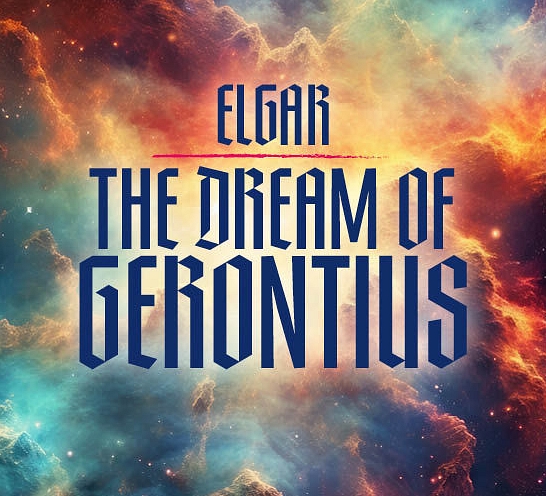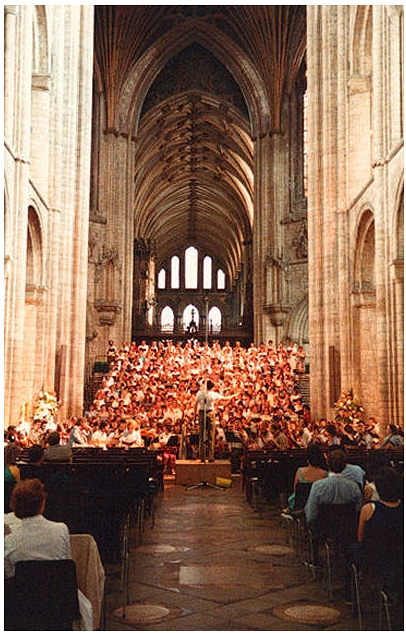Thanks again, guys. It does sound better!
Now you need a point of reference to compare notes. A recording that everyone can get that is recorded a huge reverberate space, a solo vocalist, massed choir, live orchestra and a pipe organ. Luckily there is such a recording. Stereophile's John Atkinson was invited by Quad's founder, the late Peter Walker, to record a performance of Edgar Elgar's massively scored oratorio
The Dreams of Gerontius in England's Ely Cathedral. The CDs are sold out but John is offering the complete recording for free. I converted the .m4a tracks to 16 bit, 44.1 kHz flac. The .m4a tracks can also be converted to WAV and burned to a CD.
tinyurl.com/vhcucd79
Stereophile has a write up about the recording:
Edward Elgar: The Dream of Gerontius, Part 1 (conclusion) (ADD) 7:07https://www.stereophile.com/content/istereophileis-test-cd-2-track-13
Recording Venue: Ely Cathedral, Ely, England
Recording Date: July 7, 1984
Recording Engineers: John Atkinson, Ivor Humphreys (footnote 6)
Microphone: Calrec (AMS) SoundField Mk.III, set to coincident figure-8 pattern at 90 degrees
Recorder: ReVox A77 Mk.IV ¼" open-reel recorder at 15ips (NAB EQ) with dbx II noise reduction
Tape: TDK GX
Transfer to digital: Manley Analogue to Digital Converter, Aiwa HD-S1 DAT, ReVox PR-99 open-reel recorder, dbx 224 noise-reduction unit, AudioQuest Lapis balanced interconnects
Digital Transfer Engineer: John Atkinson
"... the image of the solo bass, who portrays the Priest, is set far left, in theory beyond the outside edge of the loudspeaker. The large orchestra, on the floor, is relatively much closer to the microphone than the 200-strong choir (who were on risers), which means that the strings, in particular, sound somewhat dry. The orchestral image is also very wide, with the tympani, double-basses, and harp at the edges of the soundstage. Note that what Gordon Holt calls the "brassy blattiness" of the trombones and trumpets is captured intact by the relatively distant miking. It's rare to hear these instruments this "brassy" and "blatty."
"Overall, however, a tremendous sense of space has been captured by the single-point technique, and the choir should sound distinct but set well back in the Cathedral's stone-faced acoustic. The organ pipes are positioned on the middle left, in the vast altar space behind the choir. Elgar uses the instrument's pedals to underpin the work's tonal foundations at strategic points; sitting where JA was, beneath the choir risers, he remembers the live sound of the 16' and 32' bass pipes shaking him to the core at the end of the work's first part."
In my room the solo bass is indeed far left, there are some deep bass (drum or organ?) at the beginning but nothing like the end of Part 1 (conclusion), the second track of the recording. The sound is warm and spacious with the choir set back in the soundstage behind the orchestra. During quiet moments of track 3 and the beginning of track 4 the spaciousness of the church can clearly be heard, your room should open up.
The organ's 16' and 32' bass pipes come in at the very end of track 2, the notes are 32 Hz and 16 Hz. These beats should clearly be heard and felt. I don't have open baffle subs but I do have a REL G1 MkII sub that easily reproduces 15 Hz. I hear and feel everything so the low notes are on the recording in case anyone was wondering.